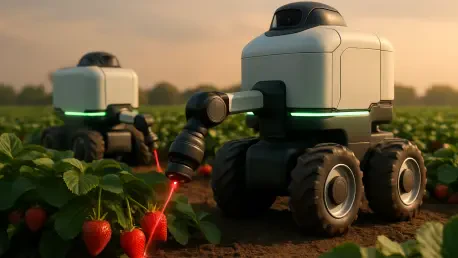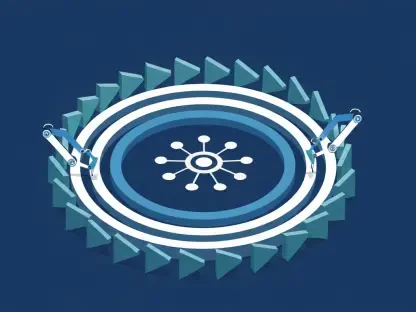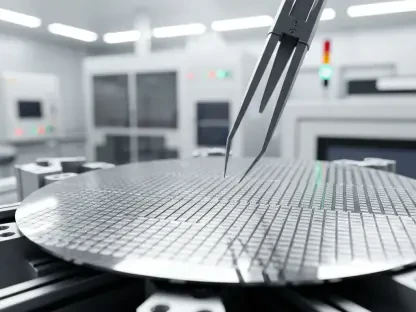In a world confronting enormous food demands and acute labor shortages in agriculture, innovation is not just a choice—it’s a necessity. With the global population rapidly increasing and fewer hands available for farming, agricultural sectors face a pressing challenge. The current paradigm demands greater efficiency and accuracy in harvesting processes to ensure robust food supply chains.
Automation as a Solution to Climate and Food Challenges
The climate crisis poses a further threat, adding unpredictable elements to farming cycles that hinder productivity and risk food security. Amid these changes, automation emerges as a promising solution. Precision is imperative in harvesting operations to not only enhance yield but also promote sustainability. Robotics and advanced technologies are stepping up to the plate, offering ways to bridge gaps in skilled labor and eliminate inefficiencies.
How 3D Laser Scanners Differ and Deliver
The development of the innovative 3D laser scanner marks a significant advancement in agricultural robotics, a leap beyond the rather basic mechanisms of the past. This technology, which operates on structured light principles and uses three wavelengths, is being tested on a plantation of espalier apple trees at a site in Potsdam. These scanners enable robots to meticulously map and measure trees with precision, transforming how agricultural robots undertake harvesting tasks.
Expert Insights and Real-World Applications
Experts like robotics professor Andreas Nüchter and Dr. Manuela Zude-Sasse provide integral insights into this technological leap. Nüchter’s collaboration with the Leibniz Institute showcases the initial applications that promise enhanced precision. Data collected by these scanners help determine crucial plant conditions like fruit ripeness. This precision aids in optimizing both the timing of harvests and storage conditions, thus contributing to the overall enhancement of agricultural systems.
Pathway to Integration
Implementing 3D laser scanners in existing agricultural systems involves strategic steps. Farmers and technologists must collaborate to modify current practices, ensuring this cutting-edge technology seamlessly aligns with their existing workflows. Addressing training requirements for new technological interfaces and overcoming initial adaptation hurdles are critical strategies in this transition.
Reflecting on Transformations
The potential held by 3D laser scanning technology in transforming agriculture is evident. Precision-based robot systems provide solutions once thought unattainable, heralding a new era of harvesting. Steps could now focus on refining these innovations, enhancing not only productivity but also sustainability in the agricultural domain. The focus shifts toward integrating such advancements to tackle larger challenges posed by global crises, while paving the way for more intelligent and effective food production methods.









